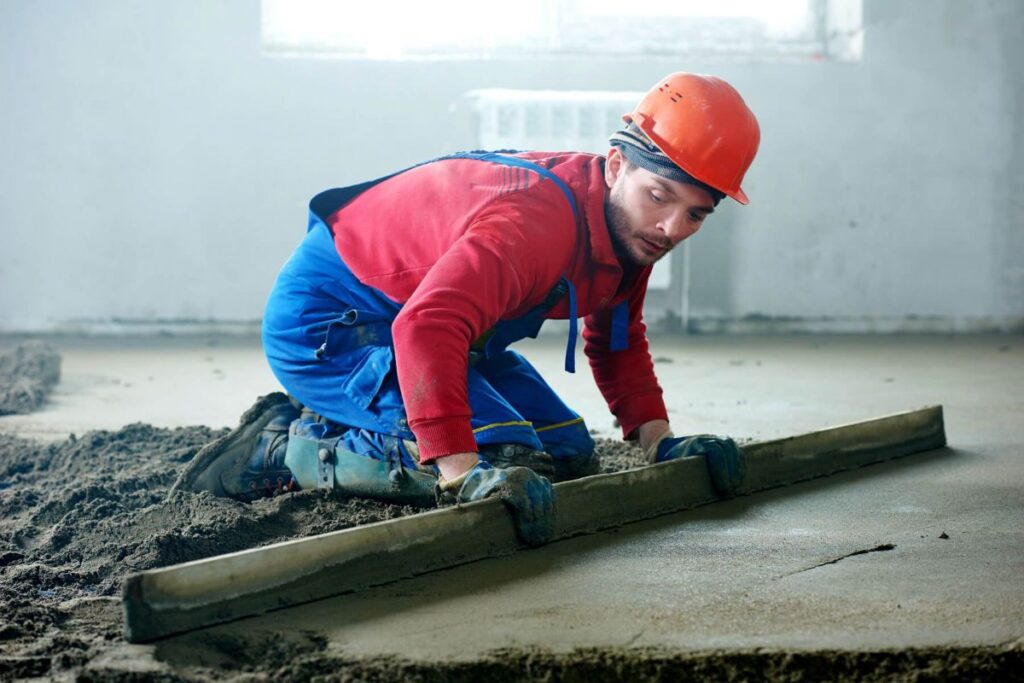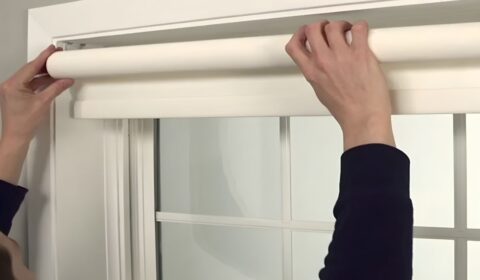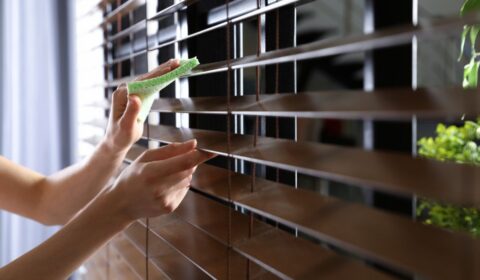A flawless floor covering begins with a well-prepared base. Whether you are installing tiles, wooden floors, vinyl, or carpets, the condition of the subfloor significantly influences the durability, appearance, and performance of your finished flooring. Any imperfections in the subfloor, such as unevenness, cracks, or moisture issues, can result in problems such as warped tiles, creaking wooden floors, or unsightly gaps. Achieving a perfect finish before laying any floor covering is crucial for a professional and long-lasting result. In this guide, learn how floor screeding provides a perfect base for any floor covering. Discover the benefits and process of achieving a smooth, durable foundation.
Understanding the Subfloor
The first step in preparing for a perfect floor finish is understanding the type and condition of the subfloor. Common subfloor materials include concrete, timber, and existing flooring surfaces. Each type presents unique challenges and requires specific preparation techniques.
Concrete subfloors may have cracks, chips, or uneven sections, while timber floors may suffer from movement, gaps, or rot. Existing flooring layers, such as old tiles or vinyl, may need to be removed or levelled. Identifying these issues early allows for a strategic approach to creating a smooth, level foundation, ensuring that the new flooring adheres properly and performs optimally.
The Role of Floor Screeding
Floor screeding is a critical process that provides a level and stable surface on which to lay floor coverings. Screeding involves applying a mixture of sand, cement, or other specialised materials over the subfloor to create a uniform and smooth layer. This layer corrects imperfections, levels out uneven areas, and enhances the structural integrity of the floor.
By using professional floor screeding services, homeowners and contractors can achieve precise and consistent results. A properly screeded floor ensures that tiles remain even, wooden floors do not warp, and carpets lie flat. Additionally, screeding helps distribute load evenly, reducing the risk of cracking or damage over time.
Choosing the Right Screed Mix
Selecting the appropriate screed mix is essential for achieving a durable and smooth finish. Different types of screed are available, each suited to specific applications. Traditional sand and cement screeds are common for standard projects, providing a solid and reliable base. Fast-drying screeds are ideal when time constraints are a factor, allowing subsequent flooring installation to proceed more quickly. Self-leveling screeds offer exceptional smoothness and are particularly useful for complex or uneven surfaces.
Professional advice is invaluable in choosing the right mix for your project. Factors such as floor type, load-bearing requirements, and environmental conditions all influence the choice of screed, ensuring optimal performance and longevity.
Step-by-Step Screeding Process
Achieving a perfect floor finish involves several key steps in the screeding process:
- Cleaning and Priming the Subfloor: The surface must be free of dust, debris, grease, or previous coatings. Priming helps the screed adhere effectively.
- Mixing and Applying the Screed: Accurate proportions of sand, cement, and water are mixed to achieve the desired consistency. The mixture is then applied evenly across the subfloor.
- Leveling and Smoothing: Using trowels, straight edges, or levelling tools, the screed is carefully leveled to ensure a uniform surface. Attention to detail at this stage prevents bumps and dips that could affect the finished flooring.
- Curing: Screed must be allowed to cure properly. This involves maintaining adequate moisture and temperature conditions to achieve full strength and stability, typically over several days depending on the type of screed used.
Professional vs DIY Screeding
While small-scale screeding projects may be attempted by experienced DIYers, professional services offer several advantages. Professionals bring expertise, specialised equipment, and knowledge of best practices, resulting in a superior finish. They can handle large areas efficiently, ensure precise levels, and select the appropriate screed mix for your project.
Hiring floor screeding services reduces the risk of common mistakes, such as uneven application, incorrect mixing, or insufficient curing, all of which can compromise the quality of the final flooring. Professionals provide consistent results that enhance both the functionality and appearance of your floors.
Finishing Touches Before Installing Floor Coverings
Once screeding is complete, it is important to conduct thorough checks before laying the floor covering. This includes verifying that the surface is level, smooth, and free of defects. Moisture testing ensures that the screed has fully cured and is ready for the chosen flooring type. Sealing may be necessary in some cases to prevent moisture-related issues, particularly in areas prone to damp.
Preparing the screeded floor correctly ensures that subsequent installation, whether tiles, wood, or vinyl, is straightforward and results in a flawless finish.
Long-Term Benefits of a Proper Screed
A well-executed screed provides numerous long-term benefits. It enhances the durability and lifespan of the flooring, reduces the risk of cracks, warping, or uneven wear, and ensures a visually appealing finish. Proper screeding also supports load distribution and stability, protecting the structural integrity of the subfloor and the flooring above.
Investing in professional screeding at the outset saves time, effort, and potential repair costs in the future, delivering a foundation that will perform reliably for years to come.
Conclusion
Achieving a perfect finish before laying any floor covering begins with thorough preparation and expert screeding. Understanding the subfloor, selecting the appropriate screed mix, and following the correct application and curing processes are essential for success. Professional floor screeding services ensure that floors are level, stable, and ready for any type of covering, delivering long-lasting results and a professional appearance.
By prioritising subfloor preparation and engaging experienced screeding specialists, homeowners and contractors can enjoy high-quality, durable, and aesthetically pleasing flooring that stands the test of time.
Read More Blogs At: The Home Designer





